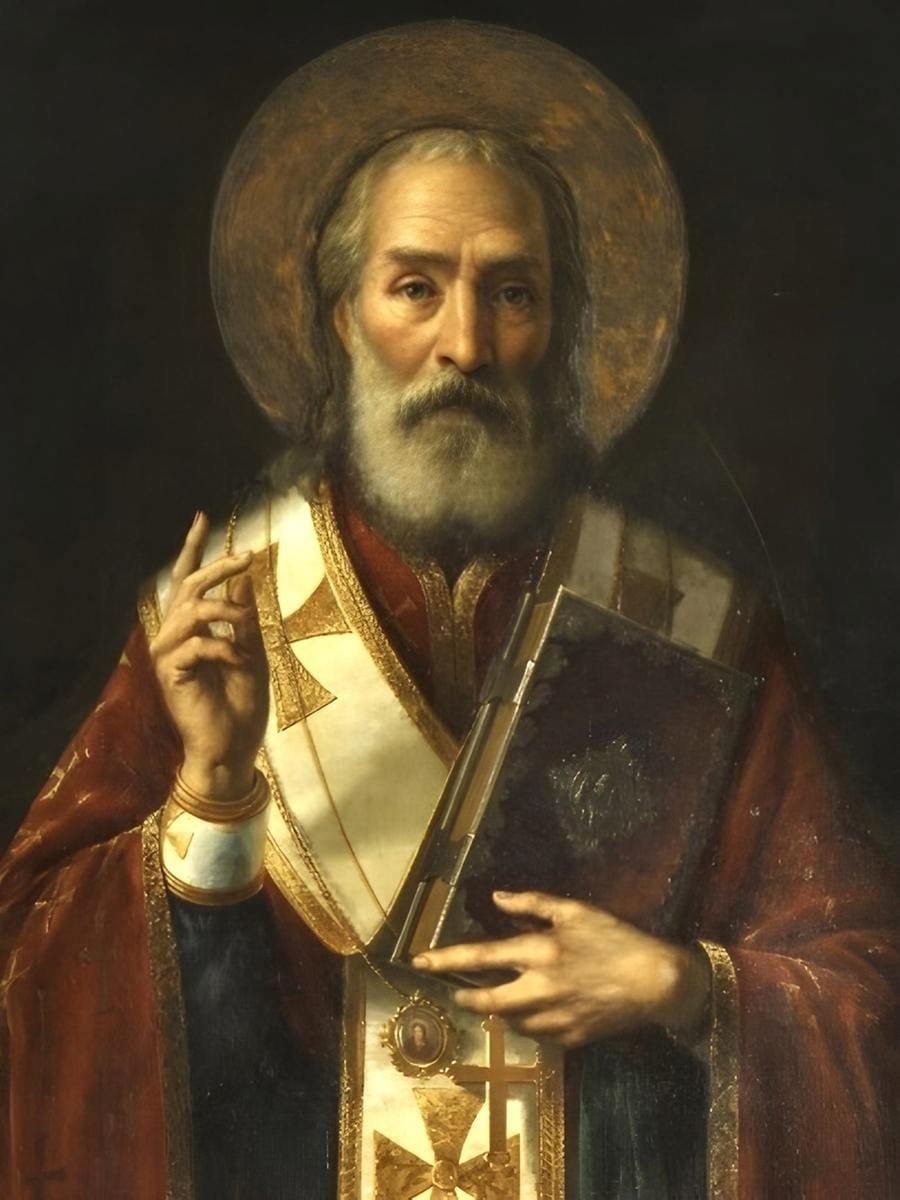Recent excavations at the Church of St. Nicholas in Demre, Antalya, Turkey, have revealed a limestone sarcophagus that may be the burial site of Saint Nicholas, the Greek bishop whose life and deeds inspired the legend of Santa Claus.
 St. Nicholas Church. Credit: Sinan Şahin, CC BY 3.0
St. Nicholas Church. Credit: Sinan Şahin, CC BY 3.0
This discovery is part of the ongoing “Legacy for the Future Project,” led by ᴀssociate Professor Ebru Fatma Findik from Hatay Mustafa Kemal University and initiated by Turkey’s Ministry of Culture and Tourism.
The sarcophagus, found within the church’s two-story annex, is believed to be the original burial site of Saint Nicholas, who lived in the ancient city of Myra during the 4th century CE. Measuring approximately two meters in length and buried at a depth of 1.5 to 2 meters, the sarcophagus features a raised lid and a pitched roof consistent with burial styles of the region. Its proximity to the church—constructed in the 5th century CE by order of Byzantine Emperor Theodosius II—adds credibility to the theory that this was the saint’s original resting place.
“Our biggest hope is to find an inscription on the sarcophagus,” said Dr. Findik in a statement to Turkiye Today. “This would help clarify the burial contents and allow us to determine the exact period it dates from.” While only the lid of the sarcophagus has been fully uncovered so far, further excavations are expected to provide more definitive evidence in the coming months.
 Desecrated sarcophagus in St. Nicholas Church, Demre, which housed Saint Nicholas’s remains until 1087. Credit: Sjoehes, CC BY-SA 3.0
Desecrated sarcophagus in St. Nicholas Church, Demre, which housed Saint Nicholas’s remains until 1087. Credit: Sjoehes, CC BY-SA 3.0
Saint Nicholas, known for his acts of generosity and miraculous intercessions, served as the Bishop of Myra and died in 343 CE. Centuries after his death, his remains were moved to the Church of St. Nicholas, which was built over his original burial site. By the 11th century, his bones were reportedly taken to the Basilica di San Nicola in Bari, Italy, and later, additional remains were transported to Venice during the First Crusade. In 1953, scientific studies confirmed that bones from both Bari and Venice belonged to the same individual, though whether they were Saint Nicholas himself remains inconclusive.
The current excavation has been underway since 1989, with this latest phase beginning two years ago. Researchers have unearthed not only the sarcophagus but also fragments of clay lamps and animal bones, indicating the area was historically used as a burial site. “The fact that we have found a sarcophagus near the church, thought to house his tomb, may indicate that this is indeed the sacred area we have been searching for,” Dr. Findik noted.
 Full-length icon by Jaroslav Čermák (1831 – 1878), showing Saint Nicholas with a halo, dressed in clerical garb, and holding a book of the scriptures in his left hand while making the hand gesture for the sign of the cross with his right hand. Credit: Jaroslav Čermák. Public Domain
Full-length icon by Jaroslav Čermák (1831 – 1878), showing Saint Nicholas with a halo, dressed in clerical garb, and holding a book of the scriptures in his left hand while making the hand gesture for the sign of the cross with his right hand. Credit: Jaroslav Čermák. Public Domain
The discovery holds importance beyond archaeology. Saint Nicholas is revered as the patron saint of children and sailors, and his legacy continues to be celebrated each December.
Images





